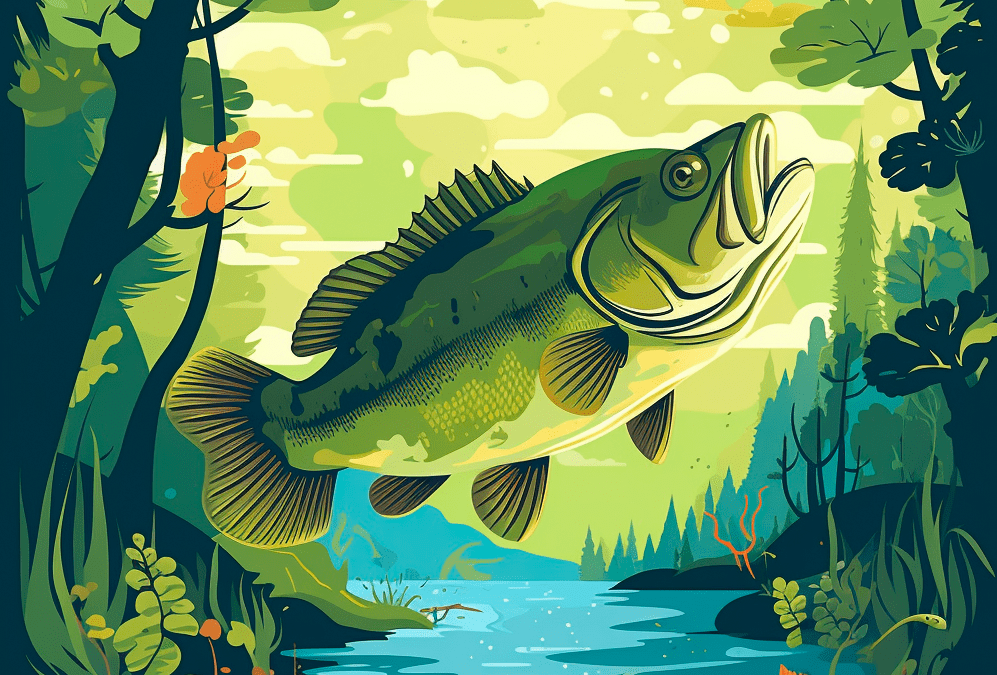Bass fishing is a widely popular recreational activity that has been enjoyed by many anglers for years. However, this activity requires knowledge of the behavioral patterns of the fish in order to have successful outings.
One essential component of successful bass fishing is understanding the habitat of largemouth bass.
Largemouth Bass Habitat
Largemouth bass is a freshwater fish species and is found in different types of water bodies such as rivers, lakes, and ponds. These fish typically prefer habitats that have moderate to slow water movements, shallow to deep depths, and underwater vegetation that suits their feeding and breeding habits.
The habitat of largemouth bass is made up of four critical factors: the habitat type, water temperature, cover, and structure, and available prey.
Habitat Types
Largemouth bass have a preference of different habitats and will occupy certain types of water bodies over others. Understanding which type of water body largemouth bass populate is essential for anglers to know when going fishing. In rivers and streams, largemouth bass typically prefer deeper pools and slower-moving water.
In lakes and ponds, bass usually occupy shallow waters with ample vegetation. In reservoirs, largemouth bass are often in deeper parts of the lake, where they can feed comfortably.
In swamps and bays, largemouth bass usually occupy shallow waters where vegetation, timber, and floating debris provide cover.
Water Temperature
Water temperature is a crucial factor anglers should consider before targeting bass. Bass, like all aquatic animals, are sensitive to water temperature changes and will readily relocate when temperatures go out of their comfort range.
The ideal temperature range for largemouth bass is between 75°F to 78°F. Anglers that are targeting bass during different temperature ranges should use a cooling feature for their lures.
Cover and Structure
Cover and structure are considered the primary fishing areas for largemouth bass. Cover is any object or structure in the water, such as logs, rocks, or plants that can serve as cover for the fish.
Structures are objects permanent or semi-permanent like islands, underwater ridges, and drop-offs. These structures serve as ambush points and feeding areas for the fish.
Bass typically use these areas to hide and conserve energy before striking their prey. Anglers will often find success in targeting these areas.
Understanding the best locations for cover and structure within your fishing environment is an excellent way to have a successful outing.
Available Prey
The final component of largemouth bass habitat is the species’ available prey. Largemouth bass have a varied diet that consists mainly of baitfish, crayfish, and insects like grasshoppers, frogs, and snakes.
Before going fishing, anglers should research the types of available prey in their specific fishing environment.
This knowledge will enable them to select the best lures and baits that mimic the behavior of the prey species, increasing their chances of a catch.
Conclusion
Having a successful largemouth bass fishing excursion requires understanding the habitat of the species. This understanding provides anglers with the areas likely to hold fish, the type of baits and lures to use, and appropriate fishing methods. Anglers should research the different types of habitats of bass, remember water temperature preferences, identify cover and structure, and research the prey species available.
Combining these factors and factors specific to the environment, anglers can prepare for a successful bass fishing trip and come home with a big catch.

